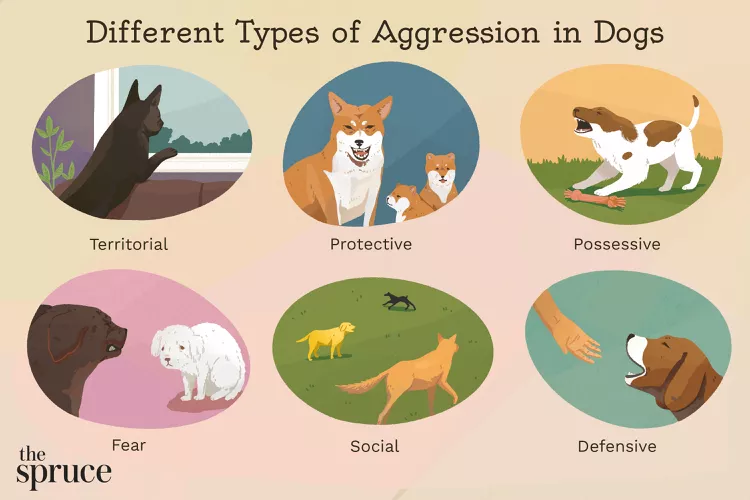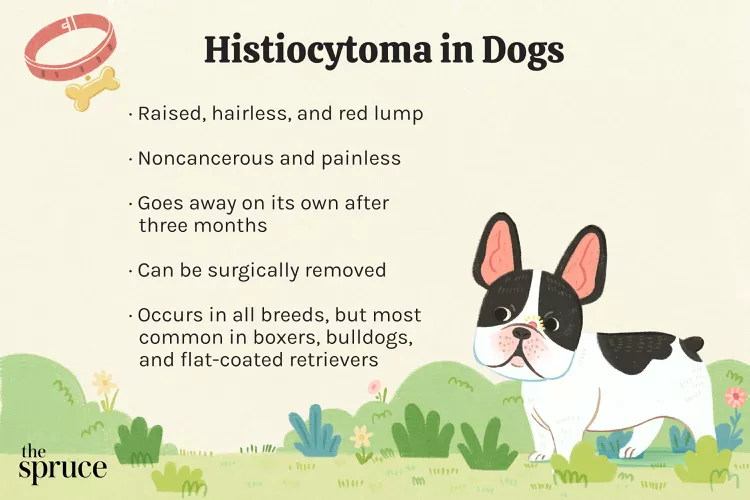- 01 of 05
Fleas
The flea is a hard-bodied, wingless insect that is as small as the tip of a pencil. The flea's strong legs are designed to jump great distances. Its narrow body is perfect for navigating through the hair coats of mammals. The flea's mouthparts are used to suck the blood of its host, often a dog or cat.
Fleas can cause a variety of problems for your dog, including itchiness, skin irritation, flea allergic dermatitis (an allergic reaction to flea bites), anemia (decreased red blood cells), and tapeworm infection. A serious flea infestation can be difficult to remedy and may take time and multiple steps to eradicate. Usually, once there is a flea infestation, all animals in the home must be treated, and the home itself must be treated to get rid of the hardy flea eggs in the environment. The best option is to keep all pets in your home on flea prevention all year long, so you can avoid a flea infestation in the first place. Flea prevention medication comes as either a topical treatment that you put on your dog's skin, or in an oral form.
Often it is sold as a combination medication that also prevents other parasites such as ticks, heartworms, or intestinal parasites. It is important to only use flea medication labeled for dogs on your dog and to consult your veterinarian to ensure the product is safe and appropriate for your dog's lifestyle and health profile.
- 02 of 05
Ticks
Fleas are not the only tiny vampires lurking in your dog's world. The tick is an arthropod that feeds on the blood of its host, including dogs, cats, and humans. The tick attaches its mouthparts to the skin and sucks blood until it becomes engorged.
Ticks are well-known vectors of some serious diseases. Lyme disease, Ehrlichiosis, and Rocky Mountain spotted fever are a few of the more common tick-borne diseases. Ticks typically live in tall grasses and wooded areas but have been found in urban areas and on beaches as well. They are usually dormant when temperatures drop below 37 degrees Fahrenheit; however, it is important to be on the lookout whenever you are in areas that ticks are known to inhabit.
Certain medications can prevent ticks from attaching to your dog. These should be used on your dog if ticks are prevalent in your area and are often part of the routine medications used to prevent other parasites like fleas and heartworms. However, it is very important to check your dog regularly for ticks even if they are on preventative medication, especially after spending time in areas where ticks may lurk. It is best to check your dog for ticks twice a day when in these areas as finding them and removing them quickly can reduce the chances of them spreading disease. Check your dog from head to tail, making sure to include under the tail, behind the ears, and the belly. If your dog has long fur, brush the fur and make sure to part the fur, feeling directly along the skin for any bumps that could be a tick. Ask your vet to show you a proper technique for safely removing embedded ticks.
- 03 of 05
Heartworms
Heartworms are internal parasites that can cause serious illness in dogs. Heartworm larvae are transmitted to dogs via mosquito bites. Once inside the dog, the larvae migrate through various tissues and then mature into adult worms in the dog's heart and lungs. Adult heartworms look something like angel hair pasta and can be 3 to 14 inches in length.
Heartworm infection is a serious condition in dogs that can lead to death if left untreated. In addition, the treatment to rid a dog of adult heartworms is risky to the dog and can be expensive and time-consuming for you. The best approach is to use heartworm prevention to kill any immature heartworm larvae that enter your dog before they can mature into dangerous adults. Every dog in the U.S. should be on heartworm prevention all year long regardless of the region. Speak with your veterinarian before starting any new heartworm prevention.
- 04 of 05
Intestinal Worms
There are various intestinal parasites that your dog can pick up from his environment. The "big four" are roundworms, hookworms, whipworms, and tapeworms. Tapeworms may be transmitted through fleas and ingesting animal carcasses. Roundworms, hookworms, and whipworms are typically contracted after contact with contaminated soil or feces. Some may also be passed on from a mother dog to her puppies.
Intestinal parasites may cause a variety of symptoms. The most common signs are diarrhea, vomiting, lethargy, and weight loss. However, a dog with intestinal parasites may show no signs at all. Some of these intestinal parasites can infect humans, too.
Protect your dog, yourself, and your family by following your veterinarian's recommendations for routine screening and prevention. Try to avoid walking your dogs or letting them play in areas where there may be a lot of other animal feces, including wildlife droppings, and avoid letting them scavenge around trash or animal carcasses. It is also a good idea to bring a fecal sample in for parasite testing any time your dog goes to the vet for treatment of diarrhea.
Continue to 5 of 5 below - 05 of 05
Mites (Mange)
There are a few types of skin mites that affect dogs. The most common are Demodex and scabies. Both can cause skin irritation and hair loss.
Demodex
Demodectic mange is caused by Demodex mites that live on the skin in the hair follicles and oil glands of a host (often a dog or cat). Small numbers of mites can normally live on dogs without causing problems because the immune system keeps the population under control. However, when Demodex mites can multiply unchecked, they can cause either localized or generalized areas of hair loss and scaly, thickened skin. This is called Demodicosis and is more common in puppies and dogs with compromised immune systems. Demodicosis may resolve on its own in young dogs with only small areas of their skin affected; however, if large areas of the skin are affected, it is usually treated with prescription medication (oral and/or topical) and can take weeks to months to resolve.
Scabies
Sarcoptic mange, also called Scabies, is a contagious mite that burrows into the skin. These mites cause intense itching, hair loss, and scabs on the skin. Scabies can be difficult to find microscopically so the diagnosis is usually based on clinical signs and history of exposure. Treatment is lengthy and often requires a combination of oral medications and, in some cases, special medicated baths. Scabies is contagious to both pets and humans. Fortunately, Sarcoptic mange is less common than Demodicosis.



















